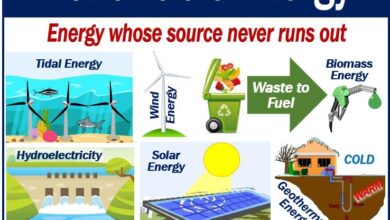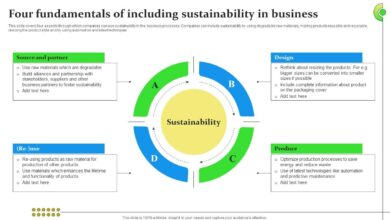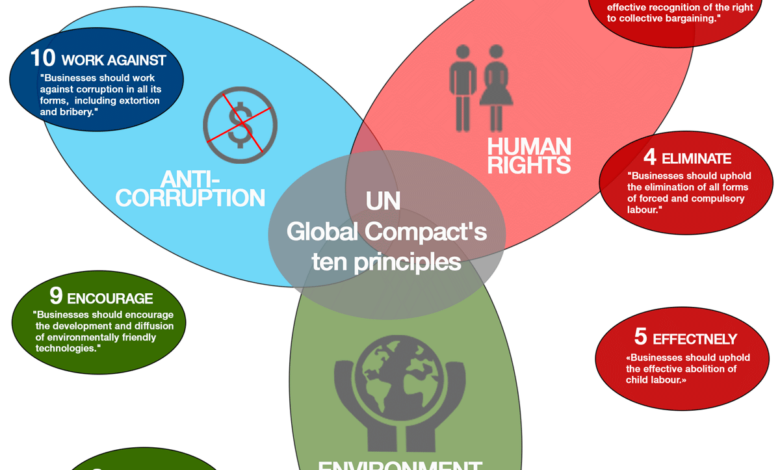
Sustainability Trends for Your Project
Sustainability trends you can implement on a project are crucial for modern projects. This exploration dives into various facets, from defining project-specific sustainability goals to implementing innovative technologies for a greener future. We’ll examine everything from material selection and energy efficiency to waste management, water conservation, and social equity, ensuring a holistic approach to environmental responsibility.
This guide will empower you to integrate sustainable practices into your projects, regardless of industry. We’ll analyze the key steps involved in creating a sustainable project framework, and explore real-world examples of successful implementation. From construction to software development, we’ll demonstrate how sustainable practices can be tailored to specific project needs, while also addressing common challenges.
Project Scope and Sustainability Goals
Defining sustainability goals for a project is crucial for achieving long-term positive environmental and social impact. A well-defined framework ensures alignment with organizational values and helps guide decision-making throughout the project lifecycle. This approach avoids ad-hoc sustainability initiatives, leading to a more comprehensive and impactful strategy.Integrating environmental, social, and governance (ESG) factors into project planning is no longer optional; it’s essential for attracting investors, building brand reputation, and complying with evolving regulations.
It ensures that the project’s impact on the environment, communities, and ethical considerations is carefully evaluated from the outset.
Defining Specific Sustainability Goals
A well-structured framework for defining sustainability goals starts with a thorough understanding of the project’s scope and potential environmental, social, and governance impacts. These goals should be specific, measurable, achievable, relevant, and time-bound (SMART). This approach allows for effective tracking and assessment of progress.For example, a construction project might aim to reduce waste by 15% compared to industry averages within a set timeframe, while a software development project could focus on minimizing energy consumption during testing phases through optimized cloud infrastructure.
Integrating ESG Factors into Project Planning
Integrating ESG factors into project planning requires a proactive approach. This involves incorporating sustainability considerations into every phase of the project, from initial feasibility studies to final implementation and beyond. This proactive approach ensures alignment with organizational values and legal requirements, minimizing risks and maximizing positive impacts.For example, a manufacturing company planning a new factory could conduct a comprehensive environmental impact assessment early on, identifying potential pollution sources and implementing mitigation strategies.
They could also analyze the social impact on surrounding communities by assessing local job creation opportunities and community engagement initiatives.
Measurable Sustainability Metrics
Measurable metrics are essential for tracking progress toward sustainability goals. Choosing appropriate metrics depends on the project type and the specific sustainability goals.
- For construction projects, metrics might include the amount of recycled materials used, the reduction in waste sent to landfills, and the number of local jobs created.
- In software development, energy consumption during testing and deployment phases, and the carbon footprint associated with cloud infrastructure usage are important metrics.
- For manufacturing, metrics could include the reduction in water usage, the amount of waste diverted from landfills, and the percentage of renewable energy sources used.
Comparing Project Types and Sustainability Challenges
The following table illustrates the typical sustainability challenges faced by different project types:
| Project Type | Typical Sustainability Challenges |
|---|---|
| Construction | Material sourcing, waste management, energy consumption during construction, transportation impacts |
| Software Development | Energy consumption during testing and deployment, server infrastructure, data center emissions, e-waste management |
| Manufacturing | Resource depletion, pollution from production processes, energy consumption, waste generation, supply chain impacts |
Material Selection and Procurement
Sustainable material selection and procurement are crucial for minimizing environmental impact throughout a project’s lifecycle. Choosing materials with lower embodied carbon, recycled content, and renewable sources can significantly reduce the project’s footprint. Effective procurement strategies, including supplier selection and ongoing monitoring, are essential to ensure sustainability is maintained throughout the entire supply chain.A holistic approach to material selection considers the entire life cycle of a material, from extraction and manufacturing to use and eventual disposal.
Thinking about sustainable practices for projects? Reducing waste and using eco-friendly materials are great first steps. And, speaking of impactful changes, did you know that the Stevens Points Breast Care Center recently received redesignation? stevens points breast care center receives redesignation This highlights the growing importance of sustainable practices in healthcare. Ultimately, incorporating these principles into any project, big or small, can make a real difference for the future.
This necessitates a move away from solely cost-based decisions and towards a more comprehensive evaluation that includes environmental, social, and economic factors. This approach benefits the project, the environment, and the broader community.
Strategies for Selecting Sustainable Materials
Choosing sustainable materials involves prioritizing those with reduced environmental impact throughout their lifecycle. This includes examining factors like embodied energy, carbon footprint, water usage, and potential toxicity. Materials with recycled content or those derived from renewable sources are often preferred. Prioritizing locally sourced materials can also reduce transportation emissions.
Criteria for Evaluating Environmental Impact
A rigorous evaluation process is necessary to assess the environmental impact of different materials. Several key criteria are used to evaluate materials:
- Embodied Carbon: The total amount of greenhouse gas emissions released throughout the material’s lifecycle, from extraction to disposal.
- Water Consumption: The amount of water utilized in the material’s production and manufacturing process.
- Recyclability: The material’s ability to be collected, processed, and reused into new products. A higher recyclability rate indicates a lower environmental impact.
- Toxicity: The potential for the material to release harmful substances into the environment during production, use, or disposal. Materials with lower toxicity are preferred.
- Renewable Source: The origin of the material, indicating whether it is derived from renewable resources (e.g., bamboo, recycled plastics). This reduces dependence on finite resources.
Process for Sustainable Procurement
A robust procurement process ensures that sustainable materials are consistently selected and implemented throughout the project. This process involves several key stages:
- Supplier Selection: Identify potential suppliers who prioritize sustainability. Evaluate their environmental policies, certifications (e.g., LEED, ISO 14001), and commitment to ethical labor practices. Request detailed information about material sourcing, manufacturing processes, and waste management strategies. Include specific sustainability criteria in the supplier selection process, beyond cost. Suppliers should demonstrate their ability to meet the project’s environmental goals.
- Material Specification: Clearly define the sustainability requirements for each material. Include specific criteria regarding embodied carbon, recycled content, and other environmental factors. Specify desired certifications or standards. This ensures consistent and transparent material selection.
- Monitoring: Establish a system for monitoring suppliers’ compliance with sustainability requirements. Regularly review supplier performance, including environmental reports and audits. Implement corrective actions as needed. This ensures the ongoing adherence to sustainability standards.
Sustainable Alternatives to Conventional Materials
The following table provides examples of sustainable alternatives to conventional materials, categorized by project type:
| Project Type | Conventional Material | Sustainable Alternative | Key Benefits |
|---|---|---|---|
| Residential Building | Concrete | Recycled concrete aggregates | Reduces embodied carbon, conserves resources, and creates a circular economy. |
| Commercial Construction | Steel | Recycled steel | Reduces reliance on virgin resources, minimizes environmental impact from extraction and processing, and promotes material reuse. |
| Infrastructure Projects | Asphalt | Recycled asphalt | Reduces reliance on virgin materials, minimizes environmental impact, and conserves resources. |
Energy Efficiency and Renewable Energy
Harnessing the power of sustainable energy practices is crucial for minimizing environmental impact and ensuring the long-term viability of any project. Integrating energy-efficient technologies and renewable energy sources not only reduces operational costs but also enhances the project’s reputation and appeal to environmentally conscious stakeholders. This section delves into practical strategies for achieving these goals.Effective energy management goes beyond simply choosing energy-efficient equipment.
It necessitates a comprehensive approach encompassing design, implementation, and ongoing maintenance. By proactively addressing energy consumption throughout the project lifecycle, we can maximize resource utilization and minimize our carbon footprint.
Identifying and Implementing Energy-Saving Measures
Energy-saving measures are multifaceted and can be implemented at various stages of a project. Careful consideration of building design, material selection, and operational procedures are key. Efficient building layouts, optimized insulation, and strategically placed windows contribute significantly to reduced energy needs.
- Building Envelope Optimization: Utilizing high-performance insulation materials and air sealing techniques significantly reduces heat transfer, lowering heating and cooling demands. Properly designed windows, with energy-efficient glazing, play a critical role in minimizing heat loss or gain. This translates to substantial savings in energy consumption and associated costs.
- Lighting Systems: Transitioning to energy-efficient LED lighting systems offers significant savings compared to traditional incandescent or fluorescent bulbs. Smart lighting controls that automatically adjust light levels based on occupancy can further optimize energy use. This not only reduces electricity consumption but also lowers maintenance costs over time.
- HVAC System Upgrades: Upgrading HVAC systems to high-efficiency models and integrating smart thermostats can dramatically reduce energy consumption. Regular maintenance and proper tuning of the system can maximize efficiency and minimize wasted energy.
Strategies for Integrating Renewable Energy Sources
Integrating renewable energy sources into a project design creates a sustainable and resilient energy solution. Photovoltaic (PV) systems, wind turbines, and geothermal energy are potential avenues to explore, depending on the project’s location and specific needs.
- Solar Photovoltaic (PV) Systems: Installing solar panels on rooftops or dedicated solar arrays can generate electricity from sunlight, reducing reliance on the grid. The feasibility of PV systems depends on factors like sunlight availability and roof area.
- Wind Energy: In regions with consistent wind patterns, wind turbines can be an effective way to generate clean energy. Wind speed and local regulations are key factors to consider when evaluating the viability of wind energy integration.
- Geothermal Energy: Utilizing geothermal energy, where available, can provide a consistent and stable source of heating and cooling. The feasibility of this approach depends on the local geological conditions.
Comparing Energy-Efficient Technologies and their Cost-Effectiveness
Evaluating the cost-effectiveness of different energy-efficient technologies requires careful consideration of initial investment costs, ongoing maintenance, and potential savings over the project’s lifespan.
Implementing sustainable practices on any project is crucial these days. Thinking about how to conserve water resources is a great place to start, and a fantastic example of this is the work being done by sustaining our waters the fox wolf watershed alliance. Their dedication to protecting local water systems provides a clear blueprint for incorporating sustainable strategies into your own projects, emphasizing water efficiency and responsible resource management.
| Technology | Initial Cost | Maintenance Cost | Estimated Savings |
|---|---|---|---|
| LED Lighting | Moderate | Low | High (over lifespan) |
| High-efficiency HVAC | High | Moderate | Very High (over lifespan) |
| Solar PV | High | Low | High (over lifespan) |
Note: Cost figures are estimations and can vary based on specific project requirements and local market conditions.
Procedures for Conducting Energy Audits and Assessments
Energy audits and assessments are essential for identifying areas of energy inefficiency within a project. These procedures help determine the project’s baseline energy consumption and identify potential improvements.
- Data Collection: Comprehensive data collection is the foundation of a thorough energy audit. This includes reviewing historical energy consumption data, analyzing building blueprints, and documenting current energy-consuming systems.
- Analysis and Reporting: Analyzing collected data to pinpoint energy waste and areas for improvement is crucial. Clear and concise reporting of findings and recommendations for action will guide the implementation of energy-saving measures.
- Implementation and Monitoring: Implementing the identified energy-saving measures and continuously monitoring energy consumption to assess their effectiveness is vital. This ensures that the project remains on track with its energy efficiency goals.
Waste Management and Circular Economy
Minimizing waste throughout a project’s lifecycle is crucial for environmental sustainability. A proactive approach to waste management not only reduces the project’s environmental footprint but also often presents cost-saving opportunities. Implementing circular economy principles can transform waste into valuable resources, fostering a more sustainable and efficient project. By carefully considering waste from the design phase to demolition, a project can significantly reduce its environmental impact and contribute to a more circular economy.Implementing a robust waste management system is key to a successful sustainable project.
This system should be developed and implemented from the initial design phase, integrated into every aspect of the project’s lifecycle, from construction to demolition. By anticipating and planning for waste streams, projects can minimize the amount of waste generated and ensure proper handling and disposal of materials. This proactive approach reduces environmental damage and often leads to significant cost savings.
Strategies for Minimizing Waste Generation
Waste generation can be minimized through various strategies. Careful material selection, optimizing construction techniques, and providing clear guidelines to project personnel all contribute to waste reduction. Effective communication and training programs for workers can significantly reduce the generation of waste. A proactive approach to waste minimization ensures that resources are used efficiently and minimizes environmental impact.
Methods for Implementing Waste Reduction, Reuse, and Recycling Programs
Implementing effective waste reduction, reuse, and recycling programs requires a multi-faceted approach. Firstly, a comprehensive waste audit should be conducted to identify the types and quantities of waste generated. Secondly, clear guidelines and procedures should be established for waste segregation, storage, and handling. This includes color-coded containers for different waste streams and designated areas for specific types of materials, including recyclables.
These programs need to be enforced through regular monitoring and inspections to ensure compliance and effectiveness. Thirdly, engaging with local recycling facilities to ensure proper disposal and support for the program is critical. This can include negotiating contracts and providing transportation.
Best Practices for Managing Construction Waste
Construction waste management often involves specific best practices. Pre-construction planning and material selection can significantly reduce waste. For instance, using prefabricated components or modular designs can minimize on-site material handling and subsequent waste. Proper storage and handling of materials, including dedicated areas for storage and preventing material loss, are essential. Regular inspections and audits of construction sites are vital to identify and correct waste generation practices.
A key best practice is to establish clear communication channels and procedures for handling construction waste.
Design of a System for Tracking and Managing Waste Throughout the Project
A robust waste management system requires tracking and managing waste throughout the project lifecycle. A comprehensive database should be maintained, recording the type, quantity, and source of all waste generated. This database can include data on recycling rates, disposal methods, and associated costs. Regular reports should be generated to monitor progress towards waste reduction targets and identify areas for improvement.
Using a digital platform for tracking waste, including photos and descriptions of the waste, can streamline data entry and analysis. A dedicated team or individual should be responsible for overseeing the system and reporting on waste management progress. This will ensure accurate records and facilitate data analysis for future projects.
Water Conservation and Management
Sustainable projects increasingly recognize the critical role of water resource management. Efficient water usage is not only environmentally responsible but also economically sound, reducing operational costs and minimizing potential water scarcity issues. This section explores strategies for minimizing water consumption, implementing water-efficient technologies, and establishing robust water quality monitoring programs within a project’s lifecycle.Minimizing water consumption requires a multifaceted approach, considering both the project’s design and operational phases.
The design stage involves selecting water-efficient fixtures and landscaping choices, while the operational phase focuses on employee training, leak detection, and optimized water usage procedures.
Strategies for Minimizing Water Consumption
Implementing water-efficient technologies and practices is crucial for reducing water footprint. This involves careful consideration of water usage in various project aspects. Effective water conservation starts with the planning and design stages, incorporating efficient fixtures, landscape designs, and water-saving technologies.
- Water-efficient fixtures: Using low-flow toilets, faucets, and showerheads is a fundamental step. These fixtures significantly reduce water consumption without compromising functionality.
- Efficient irrigation systems: Implementing smart irrigation systems that adjust watering schedules based on weather conditions and soil moisture levels minimizes water waste. Sensors and timers are crucial for this efficiency.
- Greywater recycling: Reclaiming and reusing greywater (from sinks, showers, and laundry) for non-potable uses like irrigation can significantly reduce potable water consumption.
Implementation of Water-Efficient Technologies and Practices
Choosing and implementing water-efficient technologies is a key component of a comprehensive water conservation strategy. This involves selecting the right equipment and integrating them seamlessly into project operations. Water-efficient landscaping and construction techniques are equally important.
- Leak detection and repair: Regularly inspecting and repairing leaks in pipes and fixtures is vital to preventing water loss. Investing in leak detection systems can be cost-effective in the long run.
- Water-efficient landscaping: Using native and drought-tolerant plants in landscaping reduces the need for irrigation, significantly conserving water. Appropriate soil selection and mulch application also contribute to water retention.
- Water audits: Conducting regular water audits to identify areas of high water consumption allows for targeted interventions and optimization strategies.
Examples of Water Conservation Strategies for Different Project Types
The effectiveness of water conservation strategies varies depending on the project type. Commercial buildings, residential developments, and industrial facilities all require tailored approaches.
| Project Type | Water Conservation Strategy |
|---|---|
| Residential Developments | Implementing low-flow fixtures, drought-tolerant landscaping, and rainwater harvesting systems. |
| Commercial Buildings | Installing low-flow fixtures, optimizing HVAC systems for water-heating efficiency, and implementing greywater recycling systems. |
| Industrial Facilities | Implementing water-efficient manufacturing processes, utilizing water recirculation systems, and treating wastewater for reuse. |
Water Quality Monitoring and Management Plan, Sustainability trends you can implement on a project
A comprehensive water quality monitoring plan is essential to ensure the project’s sustainability and protect water resources. This includes regular testing, data analysis, and corrective actions.
- Baseline water quality assessment: Establishing a baseline water quality profile at the project site before construction helps identify potential impacts and establish benchmarks for future monitoring.
- Regular water quality testing: Regular water quality tests should be conducted throughout the project lifecycle to monitor for potential contamination or changes in water quality. This involves testing for various parameters like pH, turbidity, and microbial content.
- Corrective actions: If water quality tests indicate deviations from acceptable levels, corrective actions, such as implementing filtration systems or modifying water usage practices, should be implemented.
Social Equity and Community Engagement
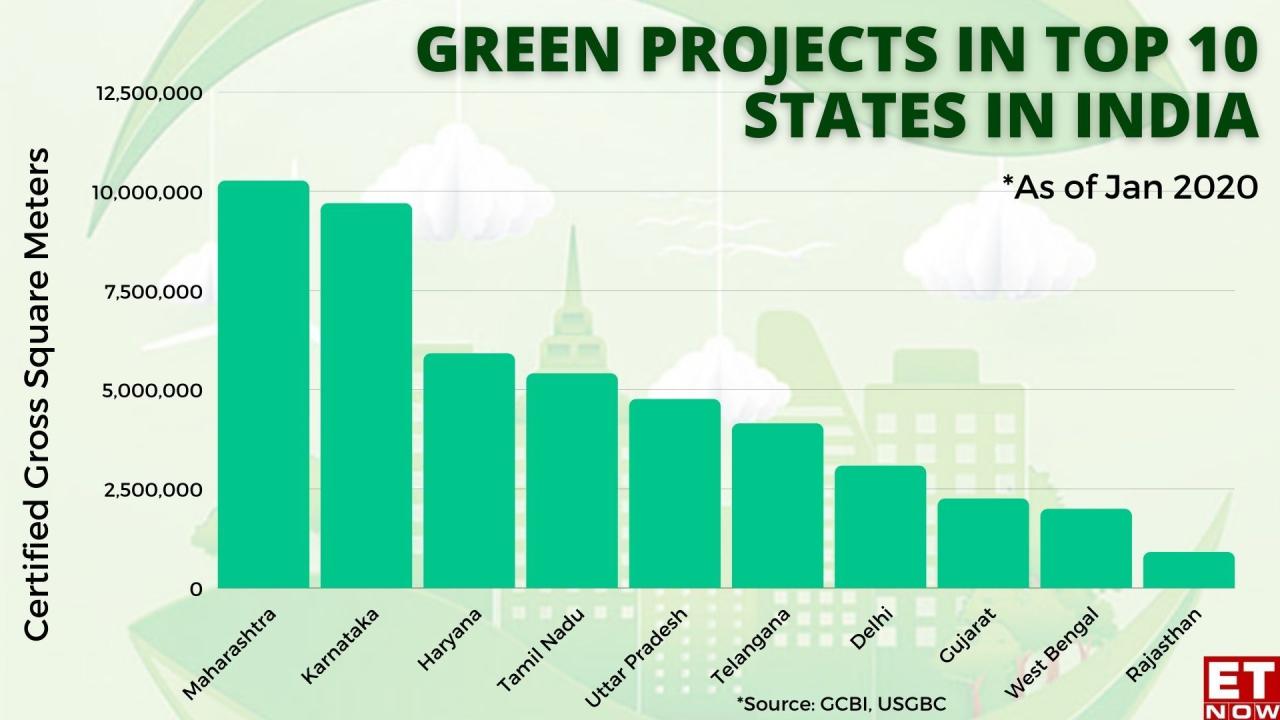
Integrating social equity considerations into a project is not merely a “nice-to-have” but a crucial element for long-term success and positive community impact. Projects should strive to be inclusive and equitable, recognizing the diverse needs and perspectives of all stakeholders. This involves understanding and addressing potential disparities in access to resources, opportunities, and benefits, ensuring that the project’s benefits are shared fairly and widely.Projects that incorporate social equity principles often see higher community acceptance and support, fostering stronger partnerships and more sustainable outcomes.
This, in turn, can lead to greater project longevity and improved social capital within the community.
Incorporating Social Equity Considerations
Understanding the social fabric of the community is paramount. Identifying potential social disparities and vulnerable populations is essential to ensure that the project design addresses their needs. This includes understanding historical context, current demographics, and potential economic impacts. Analyzing existing data and conducting community consultations are critical steps.
Strategies for Engaging Local Communities and Stakeholders
Engaging local communities and stakeholders throughout the project lifecycle fosters trust and transparency. This involves establishing clear communication channels, actively seeking input, and involving community members in decision-making processes.
- Community Forums and Workshops: These provide platforms for open dialogue, enabling community members to voice concerns, share ideas, and contribute to project design. This participatory approach helps to ensure the project aligns with community needs and values.
- Stakeholder Mapping: Identifying key stakeholders and understanding their interests and perspectives is vital. This helps to tailor communication strategies and ensure that the project effectively addresses the concerns of all involved parties.
- Transparency and Communication: Maintaining open communication throughout the project is essential. This includes regular updates, accessible information, and opportunities for feedback. This transparency builds trust and strengthens the relationship between the project and the community.
Promoting Fair Labor Practices and Ethical Sourcing
Ethical sourcing and fair labor practices are integral to sustainable development. A commitment to fair wages, safe working conditions, and worker empowerment is crucial.
- Supplier Audits: Regular audits of suppliers are essential to ensure compliance with ethical standards. This includes evaluating working conditions, wages, and environmental practices.
- Certification Programs: Utilizing certification programs, such as Fair Trade or B Corp, helps ensure compliance with ethical sourcing and labor standards.
- Local Hiring Preferences: Prioritizing local employment opportunities when feasible supports the local economy and fosters community involvement.
Examples of Social Impact Assessments for Different Project Types
Social impact assessments (SIAs) provide a structured framework for evaluating the potential social impacts of a project. Different types of projects require tailored approaches.
| Project Type | Example SIA Focus |
|---|---|
| Infrastructure Development | Assessment of displacement impacts, impacts on access to services, and potential impacts on local economies. |
| Renewable Energy Projects | Examination of job creation opportunities, community benefits, and potential impacts on indigenous communities. |
| Tourism Development | Assessment of the impacts on local cultures, the potential for job creation, and the preservation of heritage sites. |
Supply Chain Sustainability: Sustainability Trends You Can Implement On A Project
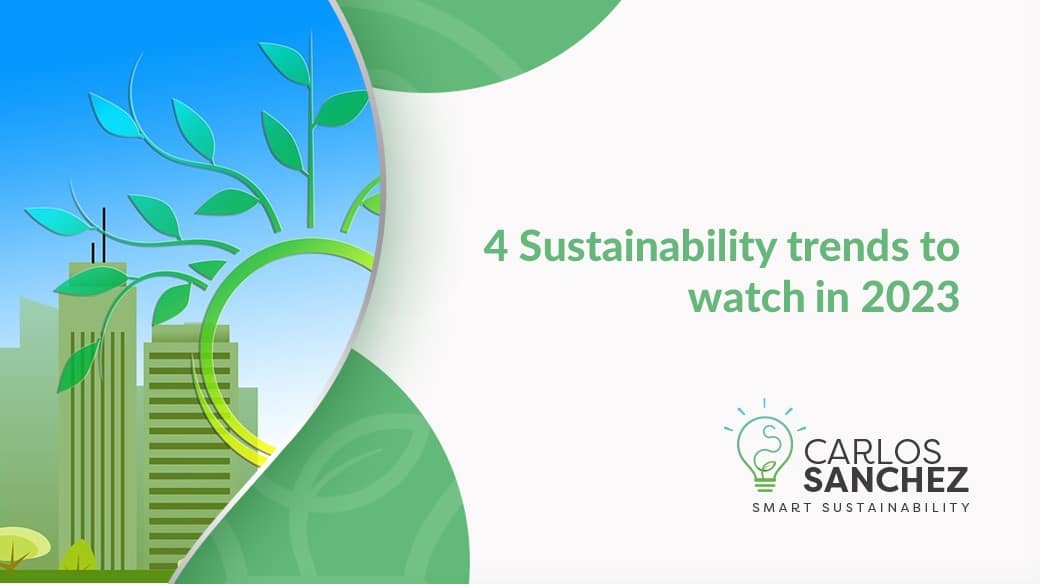
A robust and sustainable project hinges not only on the project itself but also on the entire supply chain. This crucial aspect involves evaluating the sustainability performance of suppliers, integrating them into sustainable practices, and meticulously tracking their progress. A sustainable supply chain ensures ethical sourcing, reduces environmental impact, and fosters a positive social footprint throughout the project lifecycle.Effective supply chain sustainability initiatives are not just good practices; they are essential for long-term project success.
They build resilience by reducing risks associated with unsustainable practices and fostering trust with stakeholders, including investors, communities, and consumers. This approach ultimately strengthens the project’s reputation and ensures its longevity.
Evaluating Supplier Sustainability Performance
A comprehensive evaluation framework for suppliers should encompass a wide range of criteria. This assessment should not only consider environmental impacts but also social factors and ethical considerations. Suppliers should be evaluated based on their commitment to sustainability, their adherence to environmental regulations, and their record of labor practices.
Engaging Suppliers in Sustainable Practices
Engaging suppliers in sustainable practices is not a one-time event but a continuous process of collaboration and improvement. Early engagement in the procurement process is key. This allows for the development of shared sustainability goals and strategies, ensuring that suppliers are actively involved in achieving them.
- Communication and Collaboration: Open communication channels, regular meetings, and shared sustainability reports are vital to foster a collaborative relationship with suppliers. This ensures mutual understanding of goals and expectations, enabling joint problem-solving and continuous improvement.
- Capacity Building: Providing training and resources to suppliers helps them understand and implement sustainable practices. This could involve workshops on energy efficiency, waste reduction, or fair labor practices. A supplier’s commitment to improving their own sustainability efforts is often directly proportional to the support they receive.
- Incentivization: Incentivizing suppliers for their commitment to sustainability can be a powerful motivator. This could include preferential pricing, longer-term contracts, or recognition for achievements. Demonstrating that sustainability is financially beneficial to suppliers encourages participation and drives long-term change.
Tracking and Monitoring Supply Chain Sustainability
Effective tracking and monitoring systems are essential to measure the impact of supply chain sustainability initiatives. This data-driven approach allows for identifying areas for improvement and adapting strategies as needed.
- Data Collection: Establish a system for collecting data on supplier performance, including environmental impact metrics, social compliance records, and energy consumption. This data should be collected regularly and systematically.
- Key Performance Indicators (KPIs): Define clear KPIs that measure the progress of sustainability goals. These KPIs should be specific, measurable, achievable, relevant, and time-bound (SMART). Examples include reductions in carbon emissions, waste generation, or water usage. The use of KPIs facilitates regular performance evaluation and provides a clear picture of progress.
- Regular Reporting: Establish a reporting mechanism to track progress and share information with stakeholders. Regular reporting allows for transparency, accountability, and continuous improvement. The data collected allows for a deep understanding of supply chain performance and enables better informed decisions for future sustainability initiatives.
Key Criteria for Evaluating Sustainable Supply Chains
| Criterion | Description | Examples |
|---|---|---|
| Environmental Impact | Measures the environmental footprint of suppliers, including carbon emissions, waste generation, and resource consumption. | Greenhouse gas emissions, water usage, waste diversion rates. |
| Social Responsibility | Assesses labor practices, worker safety, and community engagement of suppliers. | Fair wages, safe working conditions, community development initiatives. |
| Ethical Practices | Evaluates suppliers’ adherence to ethical standards, such as conflict-free minerals, child labor, and human rights. | Compliance with international labor standards, anti-corruption policies. |
| Transparency and Accountability | Assesses suppliers’ willingness to disclose information and be accountable for their sustainability performance. | Open communication channels, accessible reporting mechanisms. |
| Innovation and Improvement | Evaluates suppliers’ commitment to continuous improvement in sustainability practices. | Implementing new technologies, adopting greener processes, investing in research and development. |
Monitoring and Reporting
Tracking sustainability performance is crucial for demonstrating progress and identifying areas needing improvement. Robust monitoring and reporting systems ensure accountability and transparency, fostering stakeholder trust and encouraging continuous improvement. A well-structured approach allows for proactive adjustments to strategies and processes, maximizing the impact of sustainability efforts.Effective monitoring systems provide a detailed picture of the project’s environmental, social, and economic performance, enabling informed decision-making.
Regular reporting communicates progress transparently to stakeholders, including investors, clients, and the wider community. This transparency builds trust and strengthens the project’s reputation.
Implementing sustainability trends on a project is key, and one exciting area is exploring alternative energy sources. For example, using innovative materials, like those highlighted in the article on the future of sustainable energy looks to alternative materials , can drastically reduce your project’s environmental footprint. This, in turn, opens doors to even more sustainable project choices, from material sourcing to waste management.
Methods for Tracking Sustainability Performance
Regular data collection across various aspects of the project is vital. This includes measuring energy consumption, water usage, waste generation, and the impact on local communities. Utilizing readily available software tools for data collection and analysis streamlines this process, ensuring accuracy and efficiency. Employing standardized metrics allows for consistent comparisons across different stages of the project. The selection of appropriate metrics is critical for accurate and meaningful tracking.
Structure for Reporting Sustainability Data and Metrics
A clear and concise reporting structure is essential for effectively communicating sustainability data. This should include a summary of key performance indicators (KPIs), highlighting progress toward established goals. The report should clearly define the metrics used and their significance, facilitating understanding among all stakeholders. Data visualization techniques, such as charts and graphs, can effectively communicate complex information, enhancing comprehension.
Detailed explanations of any deviations from planned targets and the reasons behind them should also be included.
Dashboard for Visualizing Key Sustainability Indicators
A comprehensive dashboard serves as a central hub for visualizing key sustainability indicators. This dashboard should display real-time data, allowing for immediate identification of trends and patterns. Interactive elements enable users to drill down into specific data points, providing a deeper understanding of performance. The dashboard should be user-friendly, accessible, and intuitive, ensuring easy navigation and interpretation of information.
The dashboard should also incorporate interactive filters for data segmentation, allowing users to analyze performance based on various criteria.
Procedures for Conducting Regular Sustainability Audits
Regular sustainability audits are crucial for ensuring compliance with established standards and targets. These audits should cover all aspects of the project, from material selection to waste management. A structured audit checklist should be developed to guide the process, ensuring consistency and comprehensiveness. The audits should also include a thorough review of project documentation, such as permits, licenses, and contracts.
Results from the audits should be documented and analyzed to identify areas needing improvement. A robust audit process should incorporate feedback mechanisms, enabling stakeholders to contribute to the ongoing improvement of sustainability performance.
Technological Advancements and Innovations
Staying ahead in the sustainability race requires embracing cutting-edge technologies. Projects can leverage emerging advancements to reduce their environmental footprint, improve resource efficiency, and drive innovation in materials and processes. This involves exploring new methods of energy production, waste management, and resource utilization, often leading to tangible cost savings and long-term benefits.
Emerging Technologies for Sustainability
Technological advancements are transforming how we approach sustainability in projects. From smart sensors monitoring energy consumption to AI optimizing resource allocation, the possibilities are vast. These advancements often go beyond simple automation, offering opportunities for predictive maintenance, real-time data analysis, and personalized solutions.
Potential of AI for Enhanced Sustainability
Artificial intelligence (AI) is rapidly becoming a key tool for driving sustainability initiatives. AI algorithms can analyze vast amounts of data to optimize energy consumption patterns, predict maintenance needs, and even design more sustainable materials. For example, AI-powered predictive maintenance systems can identify potential equipment failures before they occur, minimizing downtime and waste. Further, AI can be used to analyze historical data and identify trends to improve waste management processes, leading to lower disposal costs and reduced environmental impact.
Comparison of Technologies in Different Project Types
The application of sustainability technologies varies significantly based on the project type. In construction, 3D printing and modular construction techniques can reduce waste and improve efficiency. In manufacturing, AI-powered process optimization can reduce energy consumption and improve resource utilization. Renewable energy projects benefit from AI-driven grid management systems to improve energy storage and distribution. Sustainable agriculture leverages sensor technology to monitor soil conditions, optimizing water usage and reducing chemical inputs.
The choice of technology depends on the specific challenges and opportunities within each project.
Resources for Learning More
To stay updated on the latest sustainability technologies, there are numerous resources available.
- Online courses offered by institutions like Coursera, edX, and MIT OpenCourseWare provide valuable insights into the latest advancements in various fields.
- Industry publications and conferences provide in-depth analyses and expert perspectives on the practical applications of these technologies.
- Government websites and research organizations often publish reports and data that highlight the impact of various sustainability technologies.
- Companies specializing in sustainable technologies often host webinars, workshops, and online resources to share their expertise and best practices.
Final Thoughts
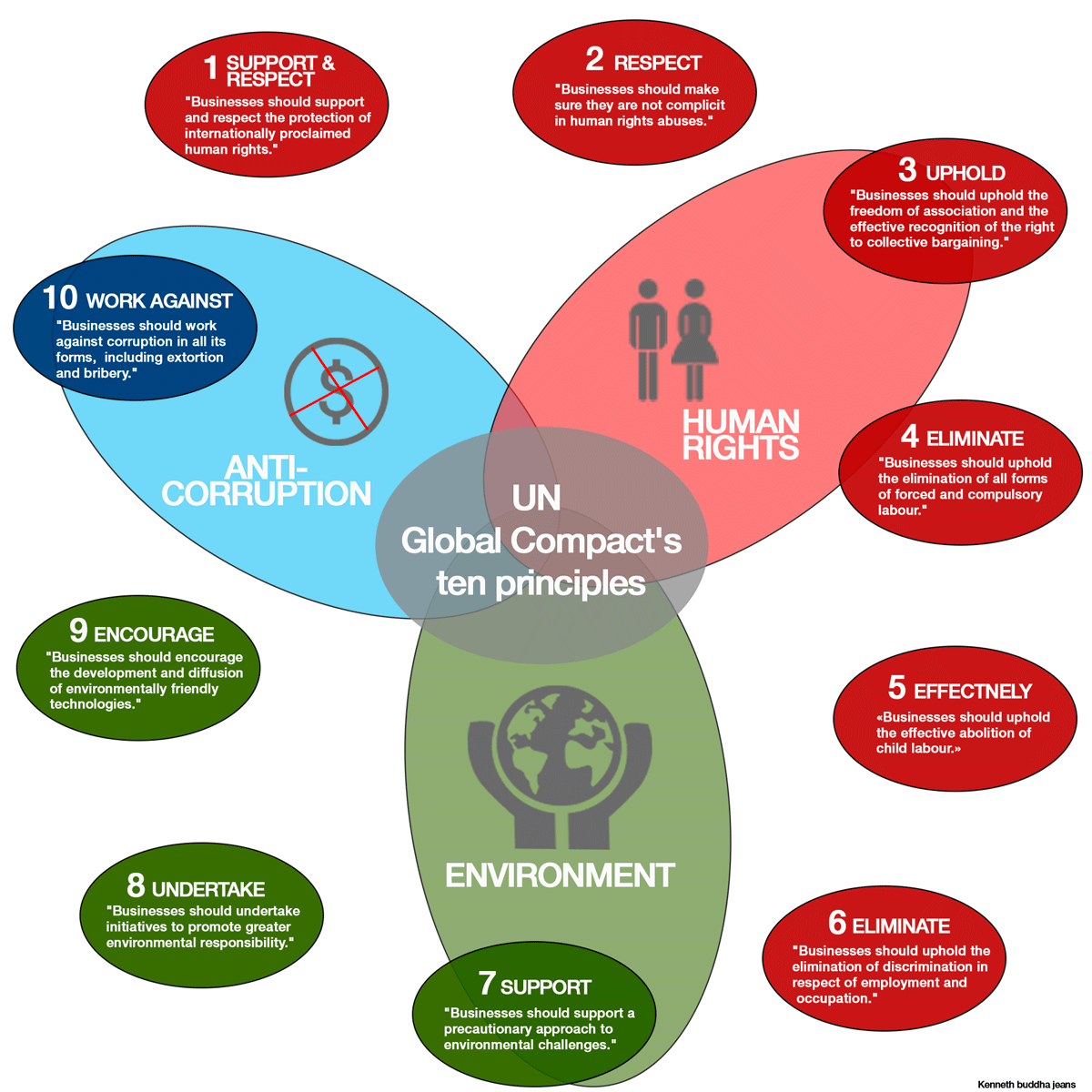
In conclusion, embracing sustainability trends in your project isn’t just a trend; it’s a necessity. By considering the entire project lifecycle, from initial planning to monitoring and reporting, you can create a truly sustainable and impactful project. The future of projects relies on conscious choices, and this guide provides the tools to make informed decisions and create a positive environmental and social impact.


